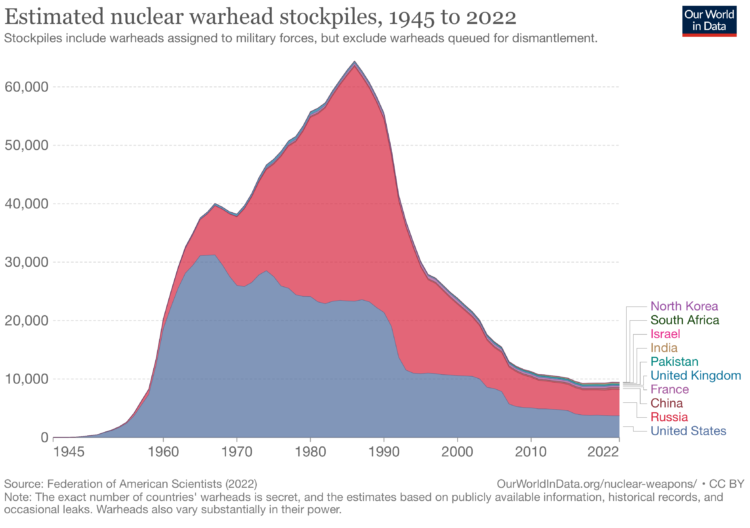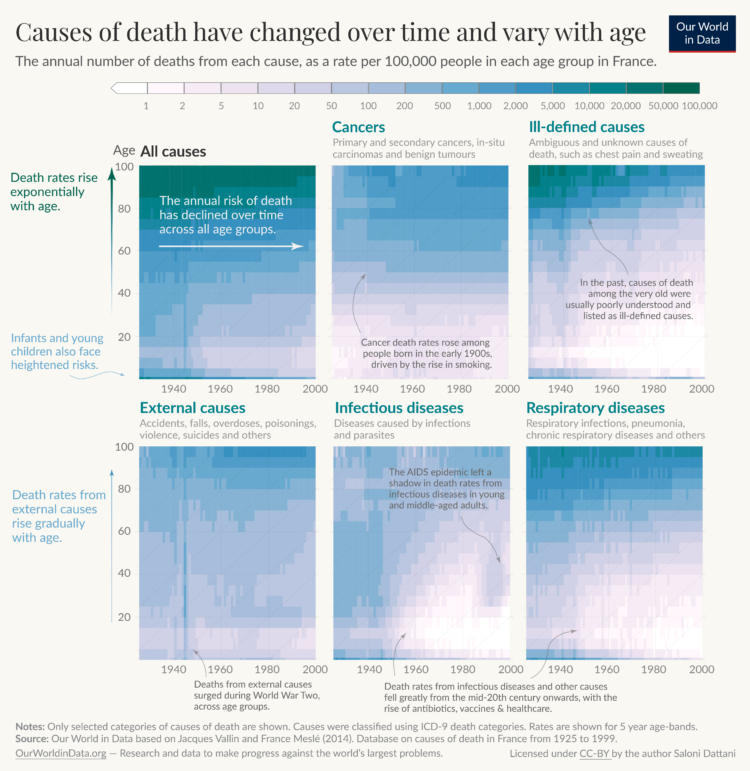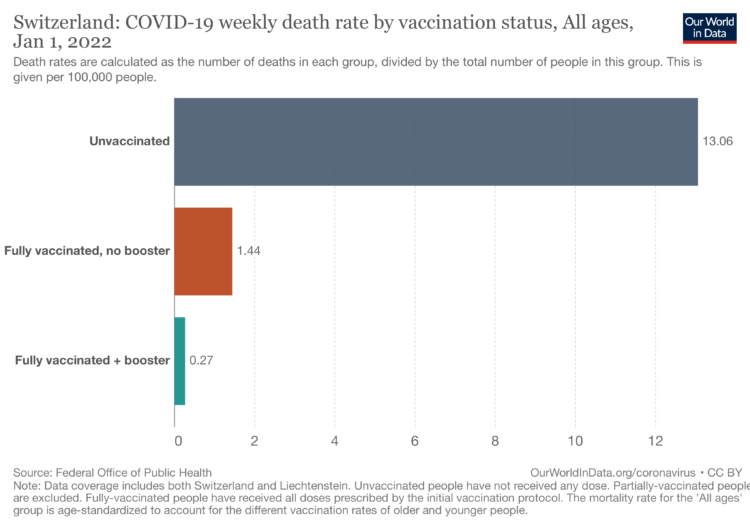
For Our World in Data, Max Roser discusses the risk and possible destruction of nuclear war, along with suggestions on how to reduce that risk:
An escalating conflict between nuclear powers – but also an accident, a hacker, a terrorist, or an irresponsible leader – could lead to the detonation of nuclear weapons.
Those risks only go to zero if all nuclear weapons are removed from the world. I believe this is what humanity should work towards, but it is exceedingly hard to achieve, at least in the short term. It is therefore important to see that there are additional ways that can reduce the chance of the world suffering the horrors of nuclear war.
Tags: nuclear, Our World in Data, risk, war



